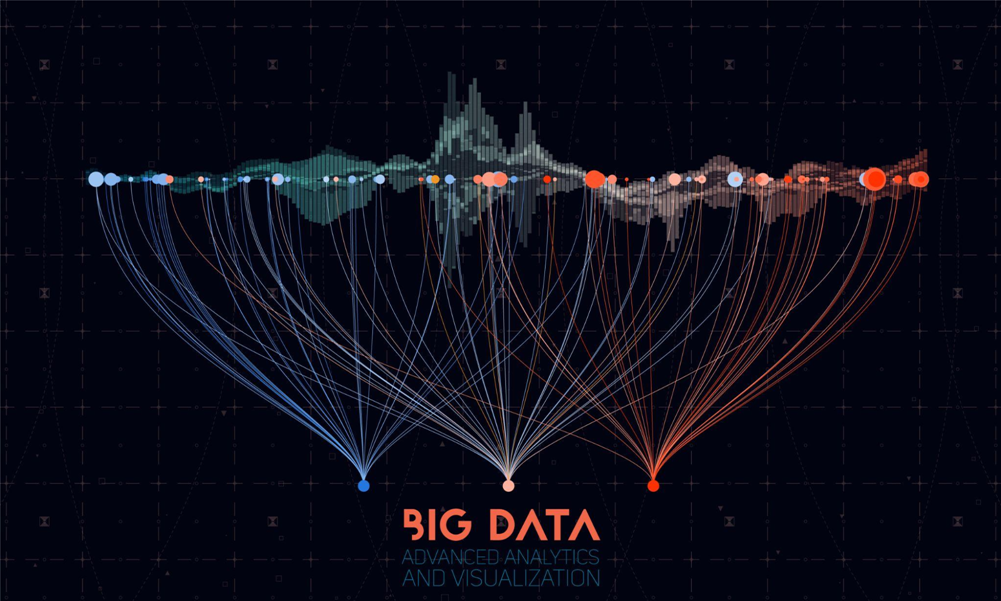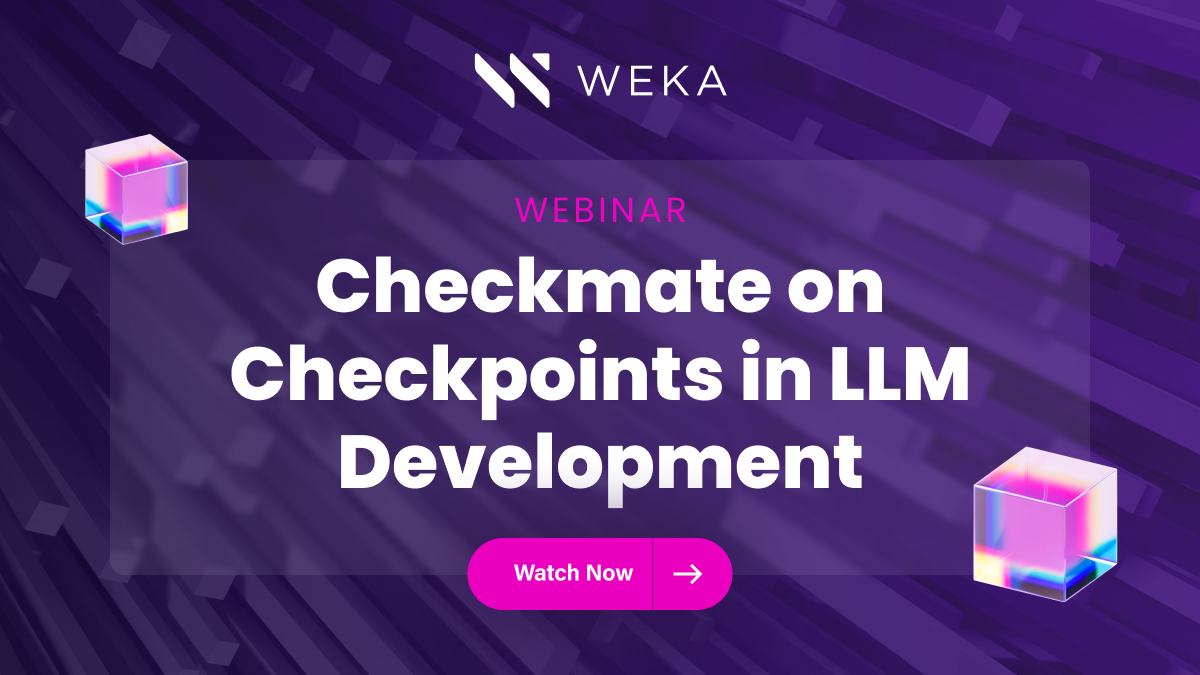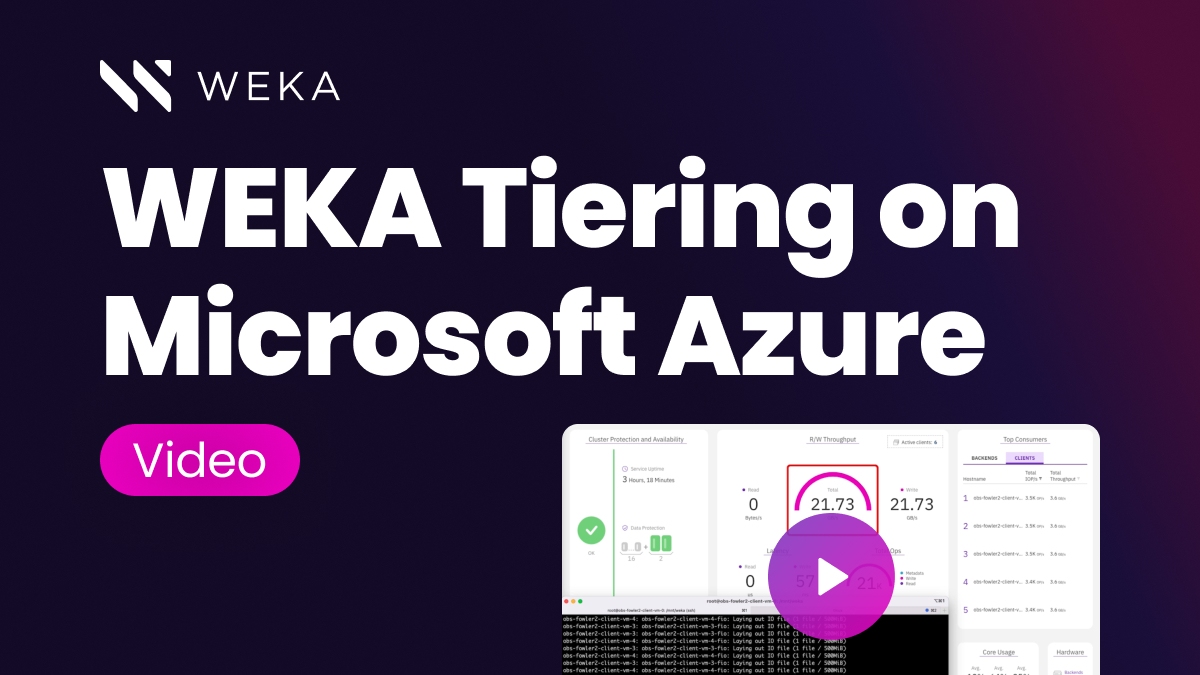Everything You Need To Know About Cloud Computing and Big Data

We’re inundated with industry terms like “big data” and “cloud computing” every day, so much so that it’s just a common (and often uninvestigated) part of modern business.
How do cloud computing and big data work together? Big data refers to the large amounts of complex data collected in today’s data-intensive businesses. Cloud computing is often used for big data analytics.
The Problem of Big Data
With the rise of the Internet and always-on user connectivity, one of the primary activities related to the web became data gathering. Scientists, data engineers, and business analysts quickly realized that behavioral data collected from online activity could provide insights into their specific projects.
They probably couldn’t have understood, at least at first, the sheer immensity of data that could, and eventually would be generated by users. Unfortunately, large quantities of data don’t simply ramp up existing challenges–they introduce unique problems that traditional computing proved unable to address.
Some of these challenges include:
- Scale: Simply put, traditional computing could not keep up with massive data generation and collection. The cost of scaling hardware meant for individual or enterprise use ran into a hard wall regarding ongoing support for growing data ingestion.
- Processing: Heterogeneous data sources provide heterogeneous data… meaning unstructured, potentially corrupted, and unorganized data. The simple task of sanitizing data for storage in a database or data warehouse called for massive computing resources.
- Use: Yet another problem was making sense of all this data. Humans cannot possibly begin to understand what this data might represent, much less how to extrapolate meaningful insights from it at the scale it is collected. Any system that purported to draw analytics or intelligence from the data would also be responsible for figuring out meaningful patterns autonomously.
- Storage: Massive data requires massive storage. It also requires strategic storage that can handle workloads and shifting demands without breaking budgets. It’s not enough to save money buying cheap HDD space and killing system performance or, on the other hand, investing in pricier Non-Volatile Memory Express (NVMe).
Cloud Computing and the Shift to Big Data
As these challenges emerged, new cloud systems followed. There was a parity in which the rise of distributed computing introduced the world to the prospects of big data. At the same time, innovations in cloud computing, including hardware acceleration, solid-state data, and hybrid cloud systems, began to fill in the gaps between what was needed and what was possible.
Following that, it was only a short time until cloud systems were built with big data specifically in mind. The parity between cloud computing and big data is represented by the 5 V’s of big data:
- Volume: How much data will a system store, process, or use?
- Velocity: How much and how quickly can (and must) data flow through system networks?
- Variety: Where is the data coming from, in what format, and what does that mean for processing and analytics?
- Value: Is the data collected useful? Is the system gathering only useful information for the application at hand?I
- Veracity: Is data confidentiality, integrity, and availability maintained throughout the system?
In this sense, big data in a cloud system introduces several high-level concerns around the use of data, calling for intense planning, governance, and security around all aspects of the development of a system.
What Are the Benefits of Big Data Cloud Computing Systems?
It seems natural that big data and cloud computing systems rose together, and it’s difficult today to think of business or industry outside of a big data paradigm. It’s critical, however, to understand the finer points of why organizations adopt big data systems.
Some benefits include:
- Decentralized Data Sources: Big cloud systems are composed of several data sources, including endpoint user interfaces, unstructured data lakes, structured data warehouses, archival storage, and distributed legacy databases (just to name a few). Property-configured cloud systems can intake data from nearly anywhere, making it ready for use.
- Pooled Data Processing and Storage: Workloads like those in machine learning and AI, genomic sequencing, or big data analytics are generally considered outside of traditional computing (although modern mainframes are finding a resurgence for specific applications). Cloud computing introduced the notion of pooled resources that can achieve ongoing, high-demand computing regularly.
- Scalable Infrastructure: Pooling resources also have the advantage of providing scalability. With public, hybrid, or multi-cloud systems, institutional users can provision resources as needed and, depending on their tasks, grow as slowly or rapidly as needed.
- Heterogeneous Architecture: Organizations investing in multi-cloud systems have a lot of flexibility in how they provision system architecture.
- Cost Efficiency: When an organization needs to boost resources rapidly, public cloud resources are incredibly cost-efficient when weighted against private or on-prem systems.
What Are Some Best Practices for Big Data Computing?
In some ways, jumping into cloud infrastructure is somewhat simple–so long as you jump into pre-configured public cloud infrastructure from a major provider. If you need something more unique, targeted, and powerful, then it’s not so easy. You’ll need to consider the what, when, why, and how of that system from the jump.
Some of the best practices that can go into this planning include:
- Build Out Business, and IT Use Cases: Don’t jump into cloud computation blindly or see it as a solution to problems you can’t articulate. Map out your business cases for the information you will gather and use, and then align IT cases for how collecting and processing that data is possible.
- Strictly Define Storage and Infrastructure Needs: Additionally, it is better to assume that you can roll with the punches as reality changes. Your organization should understand your project’s storage, networking, processing, and scaling demands. Do you need small, controlled systems with maximum scalability? Do you need to build private systems that can burst into bigger workloads? Are you better suited using structured databases or drawing raw data from a data lake pool?
- Strictly Define Analytics and Application Needs: What applications will you need, and how will they run? What kind of analyses are you conducting, and can your cloud environment support them? Can your data pool support it?
- Align Expectations with the Entire Organization: Cloud computing at this scale is a cultural movement as much as an IT move. It takes knowledgeable people who understand the process’s value and can evangelize in the organization. Furthermore, it takes clear education and ongoing training to ensure that employees are aligned with the strategy.
Build Your Big Data Analytics Platform with WEKA
Big data analytics calls for robust cloud computing resources that can handle high-performance workloads, process data from various sources, and manage storage across hybrid or multi-cloud environments.
With WEKA, you can build out your ideal big data platform. With our custom-built hardware or the WEKA FS system deployed to your existing cloud provider (including Google Cloud, Microsoft Azure, Oracle, or AWS), WEKA can support whatever infrastructure you need.
With WEKA, you get the following features:
- Streamlined and fast cloud file systems to combine multiple sources into a single high-performance computing system
- Industry-best GPUDirect performance (113 Gbps for a single DGX-2 and 162 Gbps for a single DGX A100)
- In-flight and at-rest encryption for governance, risk, and compliance requirements
- Agile access and management for edge, core, and cloud development
- Scalability up to exabytes of storage across billions of files
Contact our team of experts to learn more about WEKA and how we can support your big data analytics project.





